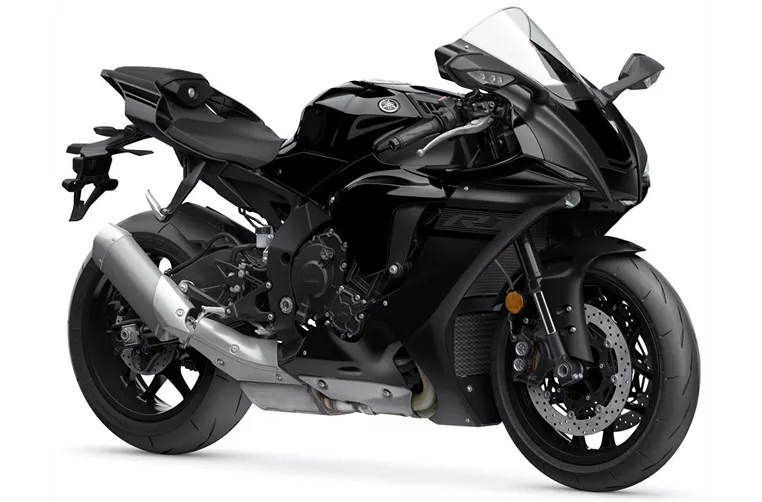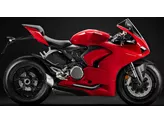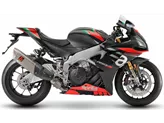Ducati Panigale V4 2018 vs. Yamaha R1 2020

Ducati Panigale V4 2018
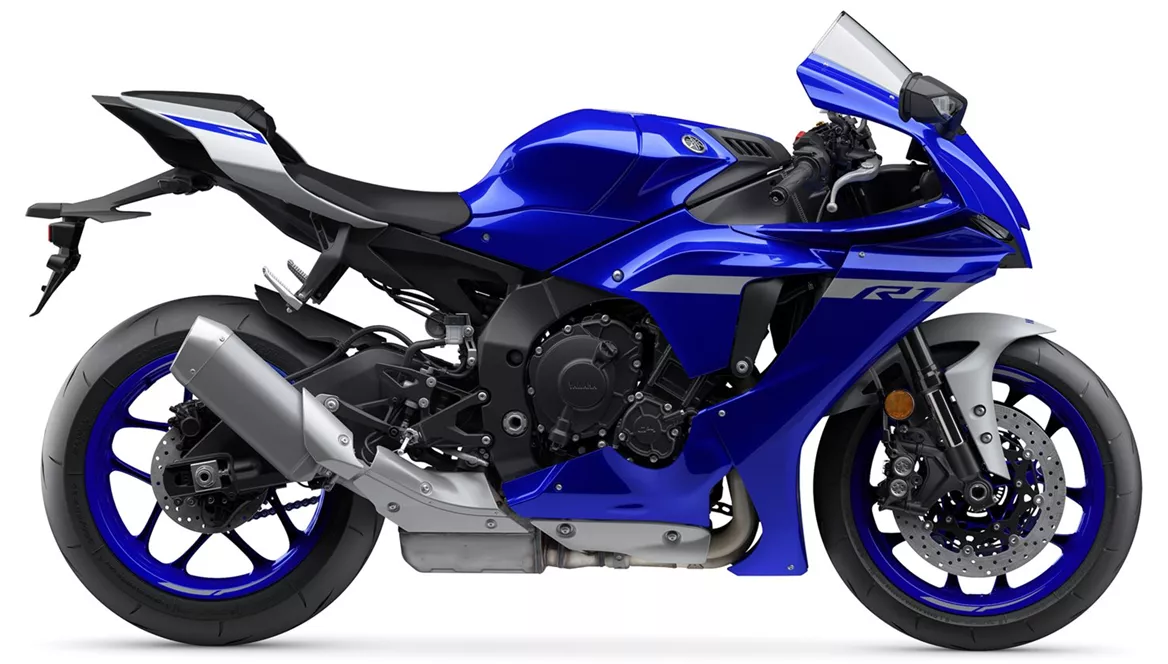
Yamaha R1 2020
Overview - Ducati Panigale V4 2018 vs Yamaha R1 2020
The Ducati Panigale V4 2018 and the Yamaha R1 2020 are both high-performance supersport motorcycles that offer powerful engines and advanced features. However, there are several differences between the two models that make them unique.
Starting with the engine specifications, the Ducati Panigale V4 2018 is equipped with a 1103cc engine with a bore of 81mm and a stroke of 53.5mm. It produces an impressive 214 horsepower and 124 Nm of torque. On the other hand, the Yamaha R1 2020 features a slightly smaller 998cc engine with a bore of 79mm and a stroke of 50.9mm. It generates 200 horsepower and 112.4 Nm of torque. Both bikes have four cylinders and four valves per cylinder, but the Ducati utilizes Desmodromic valves while the Yamaha uses DOHC valves.
In terms of suspension, both motorcycles feature upside-down telescopic forks at the front. The Ducati Panigale V4 2018 has a monocoque aluminum frame, while the Yamaha R1 2020 utilizes a Deltabox aluminum frame. Both frames provide stability and agility, but the monocoque design of the Ducati offers a unique and sleek appearance.

Ducati Panigale V4 2018
When it comes to braking, both bikes are equipped with double disk brakes at the front. The Ducati Panigale V4 2018 features ABS as an advanced rider assistance system, while the Yamaha R1 2020 offers additional features such as launch control and traction control.
In terms of dimensions and weights, the Yamaha R1 2020 has a slightly shorter wheelbase of 1405mm compared to the 1469mm of the Ducati Panigale V4 2018. The seat height of the Yamaha is also higher at 855mm compared to the 830mm of the Ducati. Both motorcycles have similar front and rear tire widths and diameters. The Yamaha R1 2020 has a larger fuel tank capacity of 17 liters compared to the 16 liters of the Ducati.
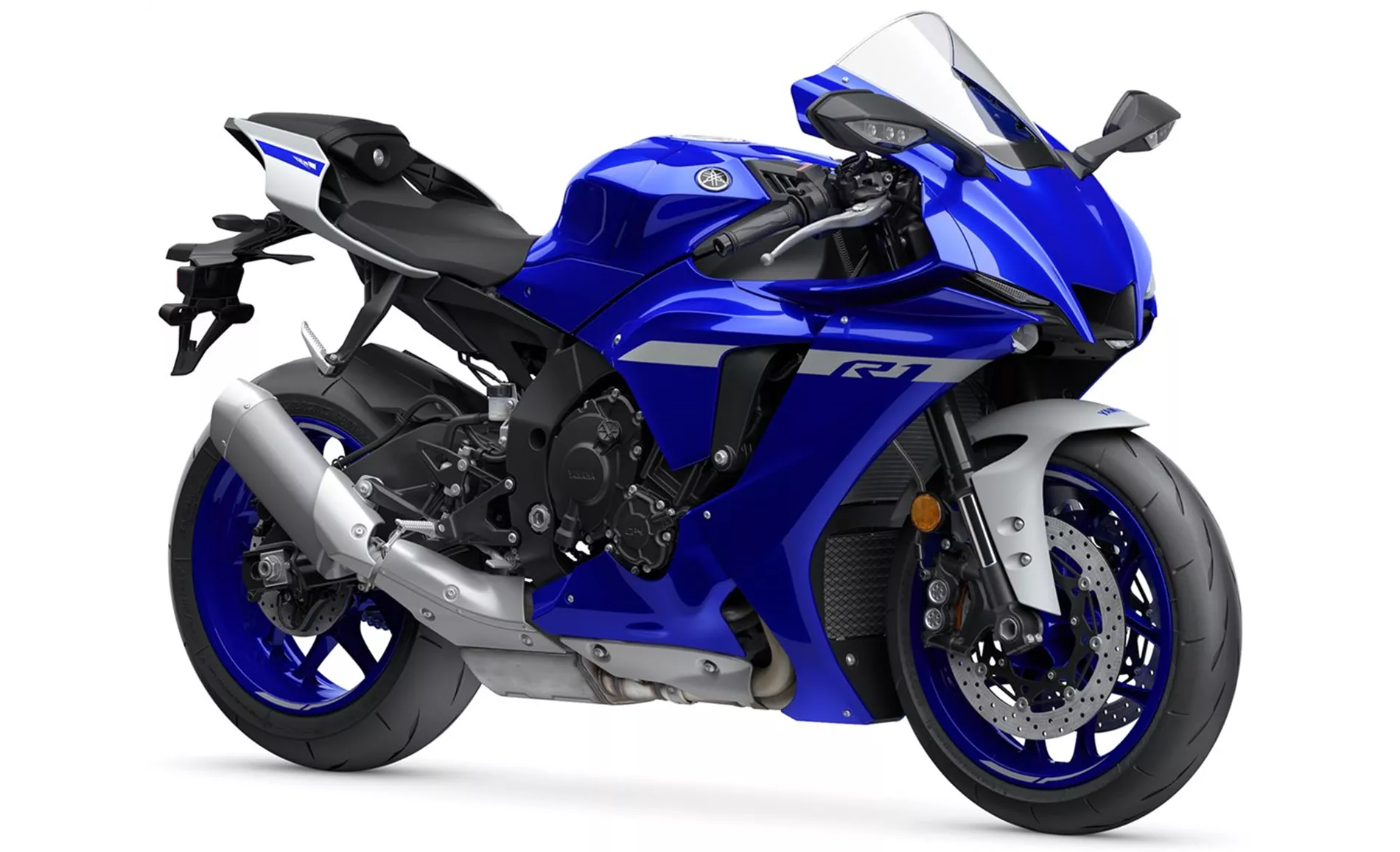
Yamaha R1 2020
Now let's discuss the strengths and weaknesses of each motorcycle. The Ducati Panigale V4 2018 is praised for its powerful engine with charismatic and well-mannered performance. It offers a pleasant upper body position compared to other supersport bikes and has a sufficiently dimensioned chassis for country roads. The sound produced by the V4 engine is powerful but not intrusive, and the bike provides good wind protection. However, some riders have reported that the seat gets warm, especially in city traffic, and the engine/clutch can feel a bit rough in tight hairpin bends.
On the other hand, the Yamaha R1 2020 is known for its powerful engine with clean response and a great but not intrusive sound. It features a stable chassis and high-quality electronics, providing a wonderful and noble overall impression. However, some riders have mentioned that the brakes on the Yamaha R1 2020 are not 100% satisfactory on the race track.
In conclusion, both the Ducati Panigale V4 2018 and the Yamaha R1 2020 are impressive supersport motorcycles with their own unique features and characteristics. The Ducati offers a powerful engine with great manners and a comfortable riding position, while the Yamaha provides a clean response and high-quality electronics. Ultimately, the choice between the two will depend on the rider's preferences and priorities.
Technical Specifications Ducati Panigale V4 2018 compared to Yamaha R1 2020
Pros and Cons in comparison
Pros and Cons in comparison
Ducati Panigale V4 2018

The Panigale has become much more accessible in the 2018 V4 version than before. The engine, in combination with the electronics package, is still not as flawless and sterile as an inline four, but in practice it is a real blessing for Ducatisti - and a positive surprise for riders of other brands. The Panigale V4 also surprised with tolerable riding comfort on the country road and a pleasant level of stability. Progress here was clearly in the right direction. The new V4 is stronger and faster but also easier and more pleasant to ride.
Yamaha R1 2020
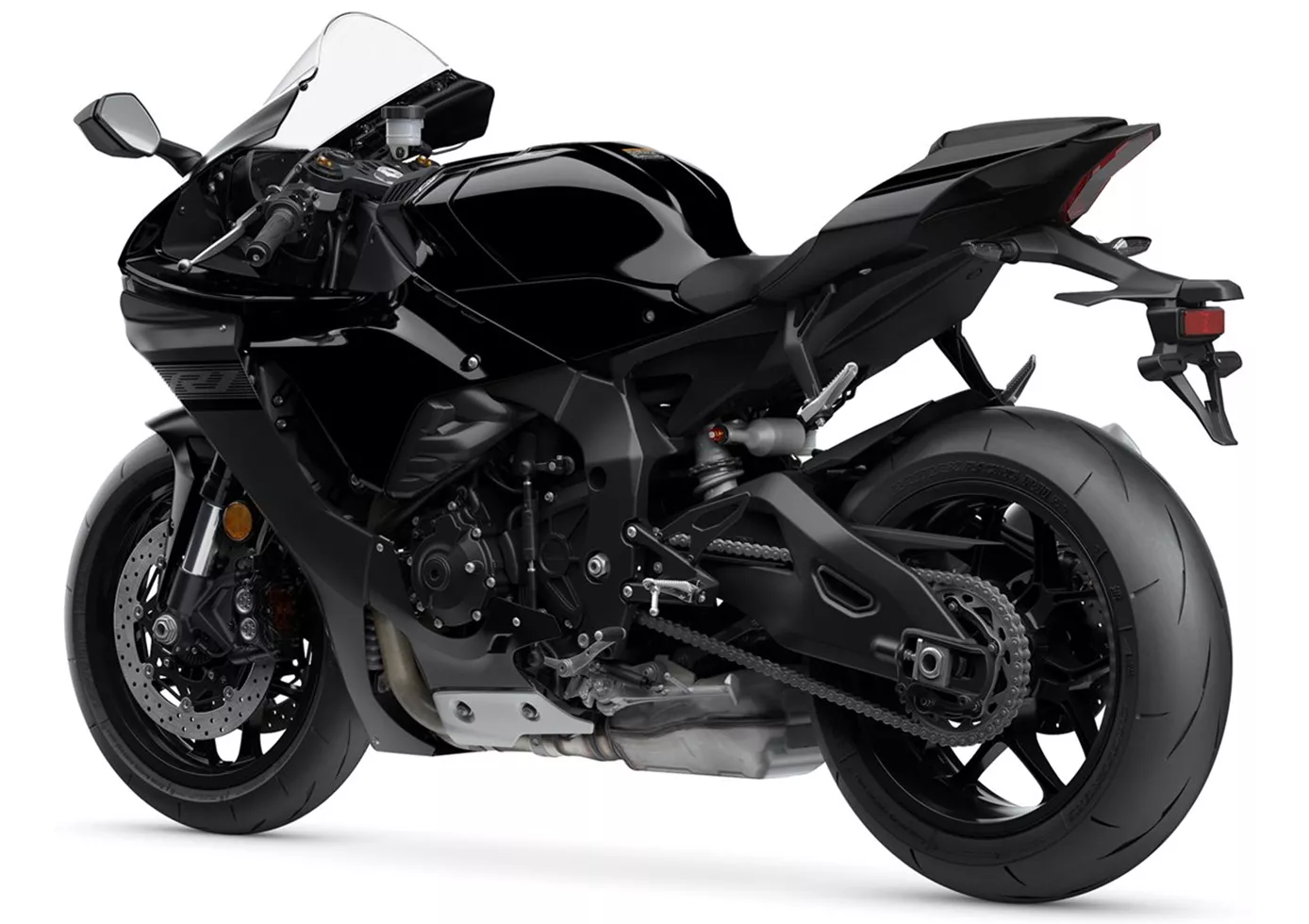
The Yamaha YZF-R1 is mature and makes countless racetrack pilots happy. The engine shines with lightness and agility, the seating position surprises positively and the handling is radical but still "suitable for the masses". The machine immediately stands out visually and also because of the heart-warming sound. Especially on the country road, the bike scores with its well-known strengths: great engine, great electronics, great package! A real pleasure to ride!
Price Comparison Avarage Market Price Ducati Panigale V4 vs Yamaha R1
There are a few key differences between a Ducati Panigale V4 2018 and a Yamaha R1 2020. In terms of price, the actual average price of a Yamaha R1 2020 is about 9% higher. A Ducati Panigale V4 2018 experiences a loss of 1,140 GBP in one year of ownership. This is offset by a loss of 1,250 GBP for a Yamaha R1 2020. Compared to Yamaha R1 2020 there are less Ducati Panigale V4 2018 bikes available on the 1000PS.de Marketplace, specifically 5 compared to 9. It takes less time to sell a Yamaha R1 with 86 days compared to 91 days for the Ducati Panigale V4. Since model year 2018 1000PS.de editors have written 18 reviews for the Ducati Panigale V4 and 80 reviews for the Yamaha R1 since model year 2005. The first review for the Ducati Panigale V4 was published on 05/11/2017 and now has more than 131,500 views. This compares to more than 3,900 views for the first review on Yamaha R1 published on 28/04/2003.

